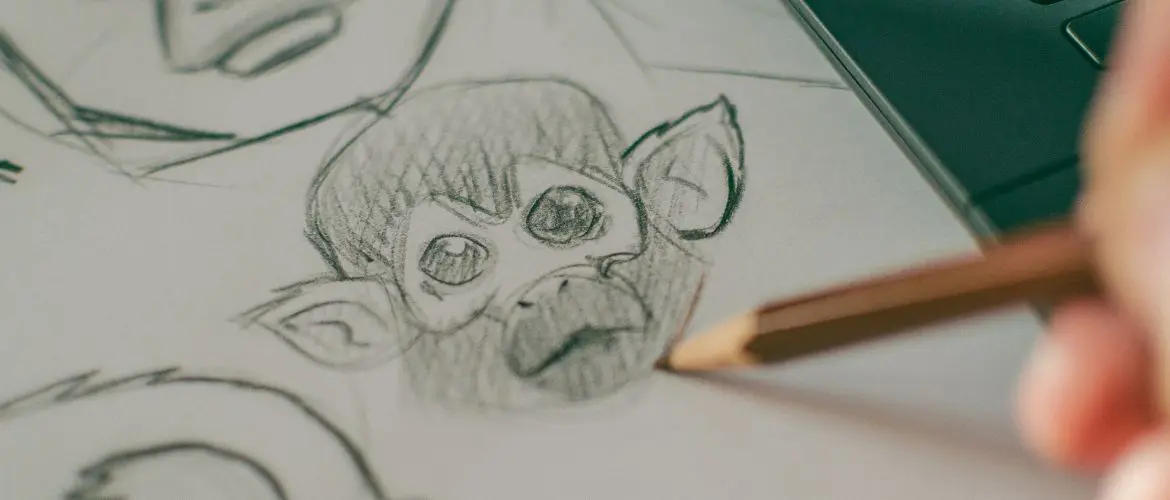Making art with colored pencils is a fun way to express yourself and make something beautiful at the same time.
Having the right colored pencil techniques is an immensely part of being able to do this.
When you first begin to explore colored pencil art, you might think that there is not much to it.
However, there are plenty of color pencil techniques that you can use to drastically improve your art’s appearance.
This is why I decided to bring together a few of the more basic techniques for you to try.
You will love seeing how much these simple and easy to learn techniques can help you with how to color with colored pencils!
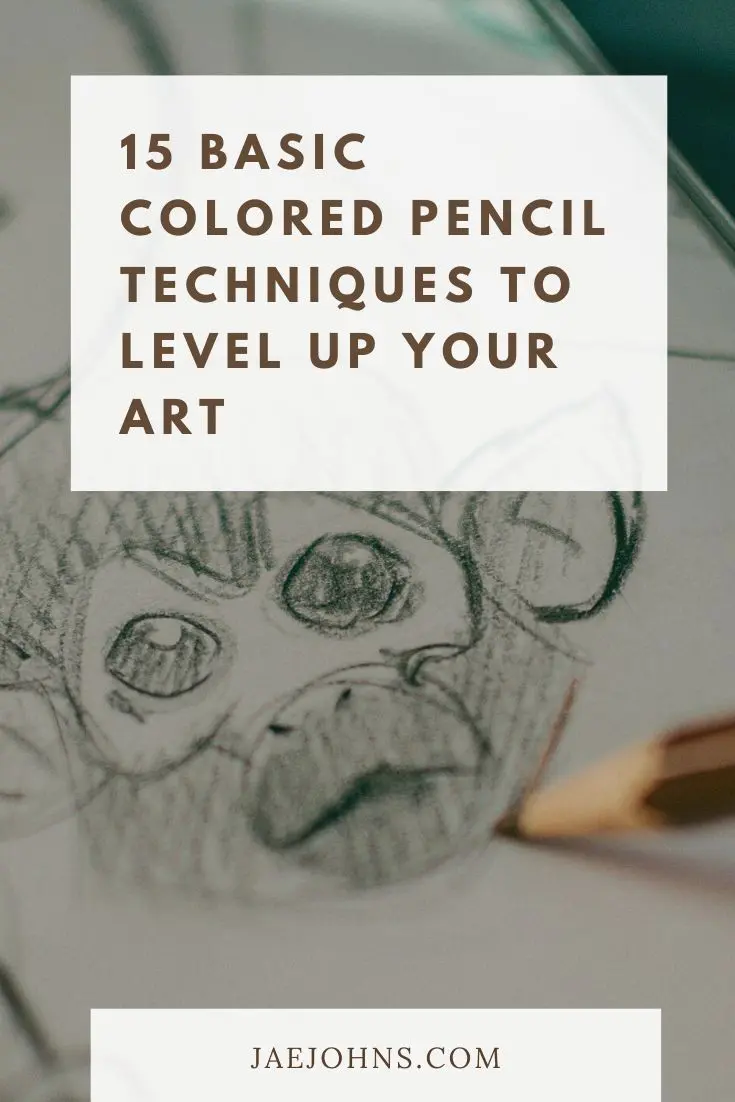
Colored Pencil Techniques for Beginners
If you’re looking to make an amazing drawing with colored pencils then you’ll need the right techniques to know how to draw with colored pencils.
The below techniques are things that beginners can do to help them become a pro at using colored pencils!
Hatching
Hatching is a practice that has been around in pencil art for ages.
When it comes to making art with colored pencils, this is an absolute staple as far as color pencil techniques go.
Fortunately, this easy process requires very little beyond mere patience, and it can offer a lot in terms of appearance.
I personally love hatching because it offers such a great texture on the page, as a result, makes some magical colored pencil drawings!
You can use it to give various elements of your drawing a distinctive look without simply filling it in.
This is just one of many reasons why it is so useful, but I also really love that anyone can do it.
With minimal effort, you can quickly dress up your design by simply drawing horizontal or vertical lines near each other in a pattern of your choosing.
Cross-Hatching
Cross-hatching is traditional hatching’s more detailed and interesting older brother.
Adding all these details may seem like advanced colored pencil techniques, but when people embrace cross-hatching the results tend to be pretty amazing.
Though it is a simple process just like traditional hatching, you get more texture and a unique feel with it.
Instead of simply drawing lines in one direction, you will draw lines both horizontally and vertically to create a more complex design.
The idea is that the lines will overlap to create a fun crossed texture.
Cross-hatching styles are used in various other forms, including in writing.
What I love about this is how it always seems to make something look really good.
You can easily use it to make cool backgrounds or fill in certain elements.
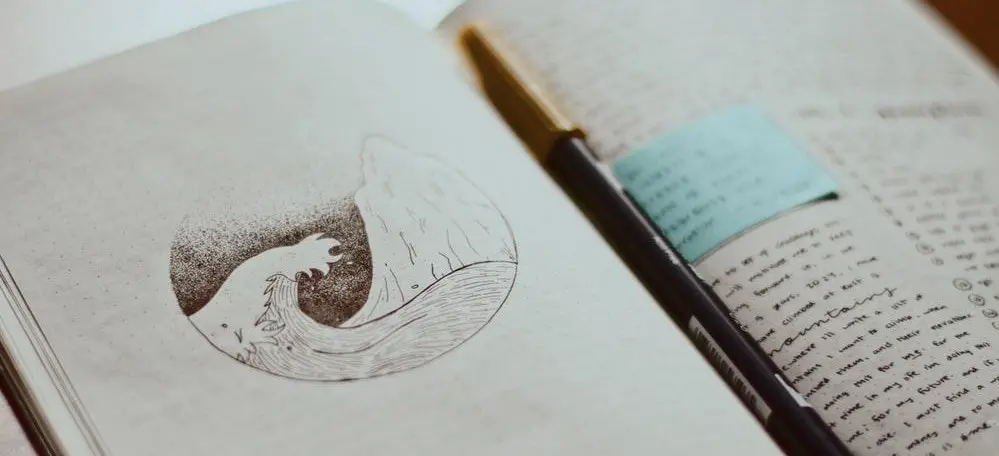 Photo by Noémi Macavei-Katócz
Photo by Noémi Macavei-Katócz
Stippling
Stippling is an incredibly simple but commonly used approach when it comes to making art with colored pencils.
There really isn’t much to say about it because it is literally just drawing dots over and over.
You can use this to make shapes or fill in spaces as needed.
It is easy to true and has some great results!
Blending
There are a few different ways to blend with colored pencils.
When it comes to traditional blending, you will want to do so by using control of the colored pencils themselves.
Color pencil techniques are not all equal, but this is easily one of the most important.
In order to blend using colored pencils, you will need a firm understanding of the colors you want to use and where they will go.
Though many newer artists will simply feel it out, it really does help if you have a fairly concrete idea regarding how you would like the blending to work out.
Try to make a mental map before you start.
In order to blend effectively, you will vary pressures with all involved colors.
Generally, the amount of pressure will vary depending on the color, how dark or bright it is, and how you want the drawing to look.
Making art with colored pencils means learning where you need the colors to be and how they will interact.
This is the true secret behind finding your way to an even blend as you work.
Finger-Blending
In the event you want a less technical but effective blending option, using your finger to blend colors is another common technique.
Some color pencil techniques focus on fine attention to detail, but finger blending focuses more on general appearance.
You can easily do this by drawing your colors where you want them, then using your finger to continue blending.
This approach makes it easy for you to focus on physically forcing the colors where you want them.
Just like with painting, you can add more color to change the feel of your blends.
When you use this approach, subtly is key.
How you blend can change from one product to the next, so as you make art with colored pencils using this, start slow.
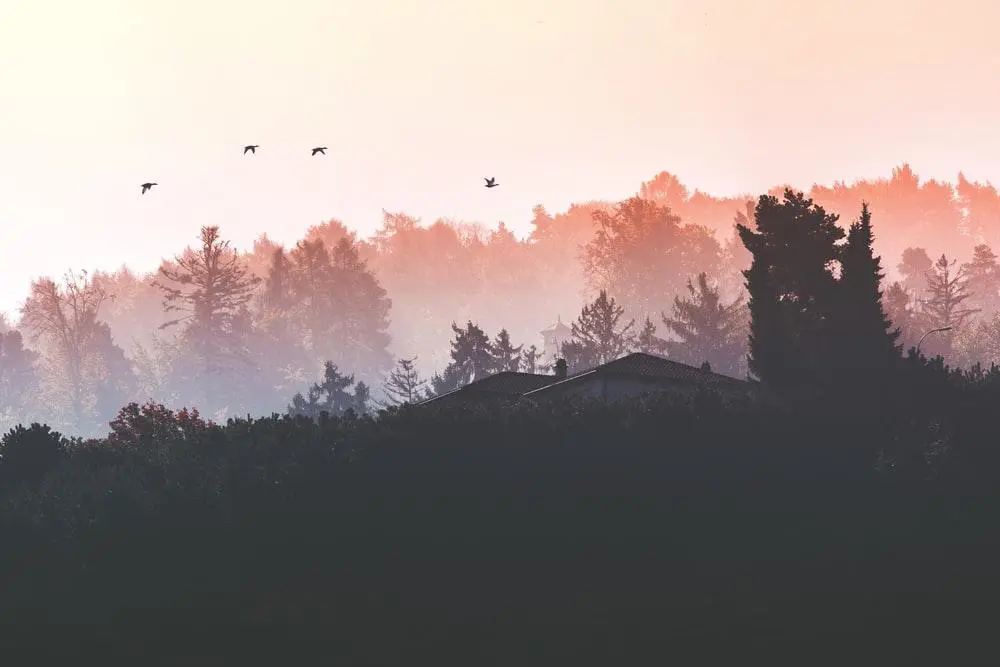 Photo by Katerina Kerdi
Photo by Katerina Kerdi
Gradients
If there is one style of art with colored pencils that everyone should know, it is how to make gradients.
Making gradients is a useful skill to have with any kind of artistic medium because it is all about control.
The general idea here is that you will focus on controlling the exact color so completely that it flows effortlessly.
If you are looking for something that will always look amazing and will help you with those fine motor skills, look no further.
Practice transitioning your colors from a darker shade to a lighter one in an even manner.
Don’t get too hung up on being perfect the first couple of times.
Start slow and enjoy the challenge!
Burnishing
Though this can sound a little advanced straight out of the gate, don’t worry.
You can absolutely learn this technique as a beginner.
Burnishing is all about creating a pure drawing surface by repeatedly layering the color to cover the page.
After this is complete, the final step is to use a lighter color or white pencil to add highlights and lighting to balance the dark shadows.
In many cases, artists will use various different shades of the same color for a concrete burnishing effect.
The end result is an even, smooth, and perfectly textured work of art.
It can take a bit of getting used to in order to balance the dark and light, but it really works out in the end.
Layering or Mixing
Layering colored pencil colors are exactly what it sounds like.
In a general sense, you will simply draw over the same area repeatedly.
This can be done with a single color to create a more bold and smooth effect.
However, layering comes in incredibly handy when it comes to using multiple colors.
Instead of traditional blending, you can focus on layering different colors for a more unique filtered look.
The end result is a fun combination of colors that is less blended and more united.
It generally leads to some very cool looks, particularly when one color is used to draw on another.
Light or Darker Strokes
Pressure variance is an absolutely crucial technique to have down when it comes to making art with colored pencils.
This is one of many reasons why I am such a big proponent of learning gradients.
The force with which you push down on the pencil itself can have incredible impacts on what you make.
Learning to vary your pressure with great intent is crucial for getting the most out of your tools.
You must learn what different pressures do so that you can completely control how the colors come out at all times.
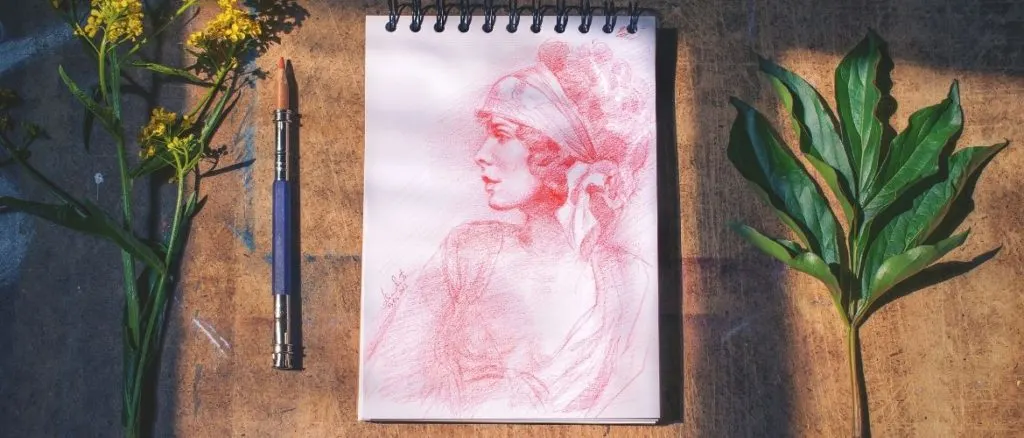 Photo by Doriana Dream
Photo by Doriana Dream
Outlining
Outlining is a very common technique, particularly for those who work with coloring book pages.
This process involves tracing an outline of the actual drawing in a darker shade than the rest.
What is amazing about this style is the way that you can use it to make brilliant works of art using just one color.
By using more pressure and a darker color to outline, you can vary shades to make the rest of the drawing that much more compelling.
It is also beneficial for those who want to draw, then color, rather than necessarily doing it at once.
Highlighting
As far as color pencil techniques go, you can easily use highlighting to make some really cool effects.
In the same way that you would with hair, highlighting with colored pencils can drastically improve the appearance.
It is simply a matter of using white or brighter colors to create a contrast with surrounding darker colors.
You can use this to make it look like the light is hitting your drawing, or even just to add a fun textured look.
It is one of those little tricks that simply make a drawing look more professional no matter what your skill level is.
Erasing
When people think of making art with colored pencils, they don’t think about erasing.
However, erasing colored pencils is an excellent way to get some seriously cool effects.
In the same way that you can draw with a colored pencil, you can draw with an eraser.
Using an eraser on colored pencils that are meant to be erased gives you more creative control.
You can highlight and add subtle blasts of light as needed.
However, erasing colored pencils that aren’t meant to be erased can be amazing too.
It can lighten or blend the color depending on the actual pencil content.
Experiment and see what you can do!
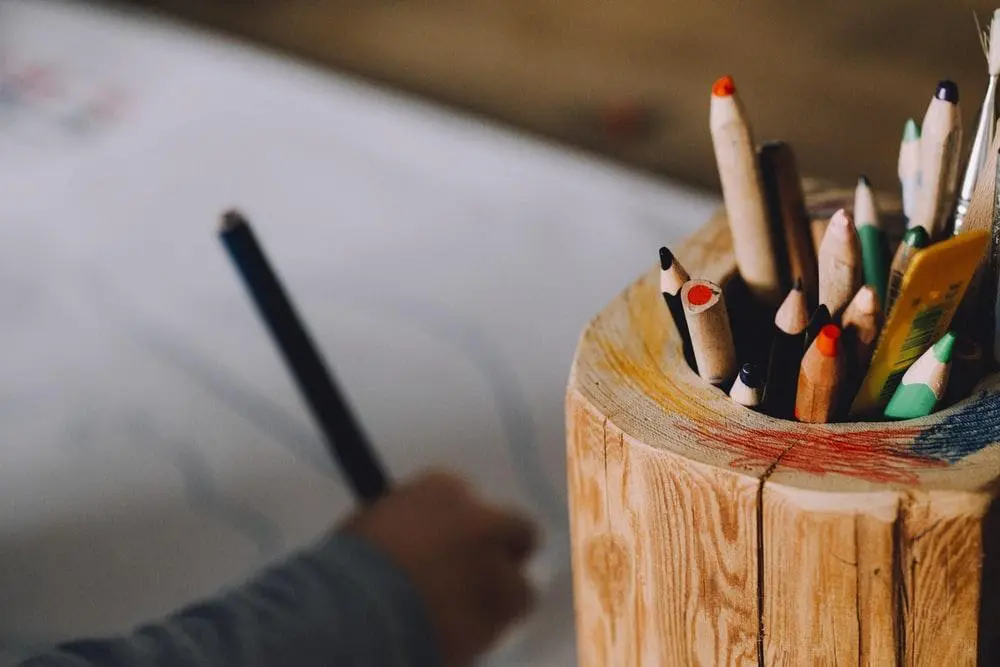 Photo by Markus Spiske
Photo by Markus Spiske
Carving or Scraping
Making great art with colored pencils requires the right tools, and in this case, that is real colored pencils.
True colored pencils are known for their thicker nature and a sort of waxy finish.
Unlike your Crayola’s from elementary school, these leave real substance on the page.
They offer a complete presence that can be manipulated if you are up for the challenge, and many people are learning to love this more.
A thick layer of color from a true colored pencil is almost a thick painting in a way.
There is actual pigment on the page, and you can use this pigment to make some seriously cool things.
Using a blade or knife to carve through the built-up pigment can lead to some truly amazing works of art.
Scumbling
Scumbling is designed to overcome the distinct problem that colored pencils have, which is that they draw like pencils.
Many artists find that they love colored pencils, but do not want to see the lines that are so often apparent in pencil artwork.
Fortunately, making art with colored pencils doesn’t have to look like a series of uneven lines and textures.
In fact, real colored pencils make it easy for you to get a smooth and even finish with the right techniques.
That is where scumbling comes in. In order to use this technique, you will draw smooth and even circles in a pattern over the area.
You can do this until the coloring looks smooth and perfect.
Washing
Though you might think that adding water to your drawing is a guaranteed way to ruin it, that isn’t necessarily the case.
In reality, brushing some water over a drawing after it is done can lead to some cool effects.
Now, until you really experiment with this and your specific pencils, you will want to be careful.
Don’t decide to try washing on the perfect drawing that you just spend four days on.
However, on something non-committal, try taking a wet paintbrush and running it over a drawing in various places.
Every type of pencil will react to this differently, but some of them end up with a delightful blend and spread of color.
If you really like this, you can also invest in watercolor pencils for even more control.
[do_widget id=custom_html-20]Conclusion
At the end of the day, making art with colored pencils is a fun process that many artists enjoy.
You can make compelling works of art that are also therapeutic to create.
Sometimes you just need a pop of color in your artwork, which is why learning how to make art with colored pencils is such a valuable technique.
Enjoy focusing on how the colors interact and work together and see what you can do.
Colored pencils give you the opportunity to really make something special and fun at the same time.
As you learn each new technique, start to focus on how you can use them together to make something great!
Have you tried using color pencils in your work?

